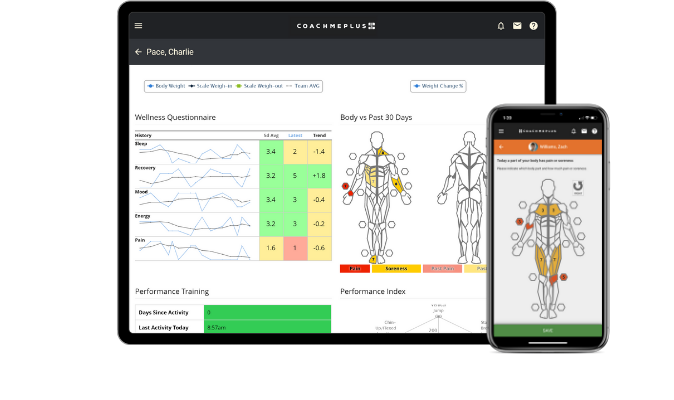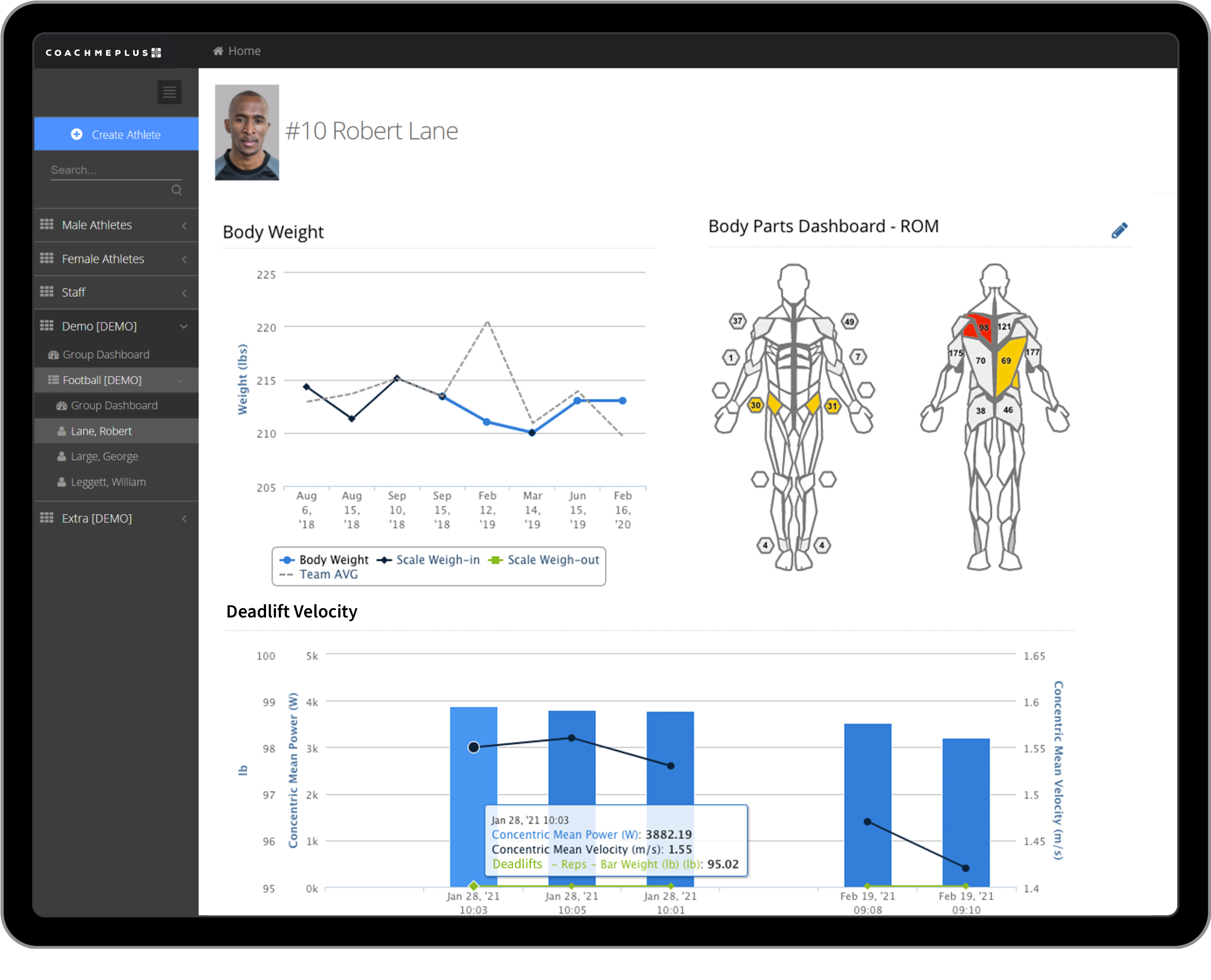Leveraging Data to Keep Athletes in Peak Condition
Injuries are a common yet unfortunate aspect of athletic life, often derailing the progress of even the most dedicated athletes. Preventing injuries and ensuring effective rehabilitation when they occur is crucial for maintaining peak performance and prolonging athletic careers. The use of data-driven approaches has revolutionized these processes, enabling more personalized and efficient strategies. Leveraging data can enhance injury prevention and rehabilitation, and using the Coachmeplus app can support athletes in staying at their best.
The Role of Data in Injury Prevention
Data-driven approaches provide valuable insights into an athlete’s condition, helping identify risk factors and optimize training loads to prevent injuries. Here are some key ways data can be leveraged:
- Monitoring Workload: By tracking training intensity and volume, coaches can ensure athletes are not overtraining, which is a common cause of injuries. The app tracks training loads and provides real-time feedback to help athletes and coaches adjust workouts to prevent overtraining.
- Identifying Risk Patterns: Analyzing historical data can reveal patterns that precede injuries, allowing for preemptive adjustments.
- Biomechanical Analysis: Data from wearable sensors can analyze movement patterns, identifying inefficient techniques or imbalances that may lead to injuries.

The Importance of Injury Prevention
Injury prevention is about more than just avoiding downtime; it’s essential for achieving consistent, high-level performance. Here’s why it’s crucial:
- Maximizing Training Time: Preventing injuries means athletes can maintain their training schedules without interruptions, leading to steady progress and peak performance.
- Enhancing Performance: Healthy athletes can push their limits and improve their skills, while those dealing with injuries are often forced to hold back.
- Prolonging Careers: Chronic injuries can shorten athletic careers. Effective prevention strategies help athletes enjoy longer, healthier careers.
Return-to-Play Assessments
- Objective Metrics: Data provides objective metrics to assess whether an athlete is ready to return to play, reducing the risk of re-injury.
- Readiness Scores: Use readiness scores based on comprehensive data to determine when it’s safe to return to full activity.
- Gradual Load Increase: Gradually increasing training loads based on data ensures a safe return to peak performance.
- Load Management: Manage and track the gradual increase in training loads to ensure a safe transition back to full activity.

Personalized Rehabilitation Plans
- Tailored Exercises: Using data on the specific injury and the athlete’s condition, personalized rehabilitation exercises can be designed to target weak areas and restore function.
- Custom Plans: Create and follow customized rehab plans that adapt to your progress and specific needs.
- Progress Tracking: Regularly tracking progress ensures that the rehabilitation is effective and adjustments can be made as needed.
- Progress Monitoring: Log daily rehab activities and monitor improvements over time with detailed progress reports.
Leveraging Data for Peak Athletic Condition
Injury prevention and effective rehabilitation are critical components of athletic success. Leveraging data through platforms like CoachMePlus allows for personalized, efficient strategies that keep athletes healthy and performing at their best. By monitoring training loads, analyzing biomechanical data, and tracking rehabilitation progress, athletes and coaches can make informed decisions that enhance performance and reduce the risk of injuries. Embrace the power of data with CoachMePlus to ensure you stay in peak condition and ready to excel in your sport.

Recent Comments